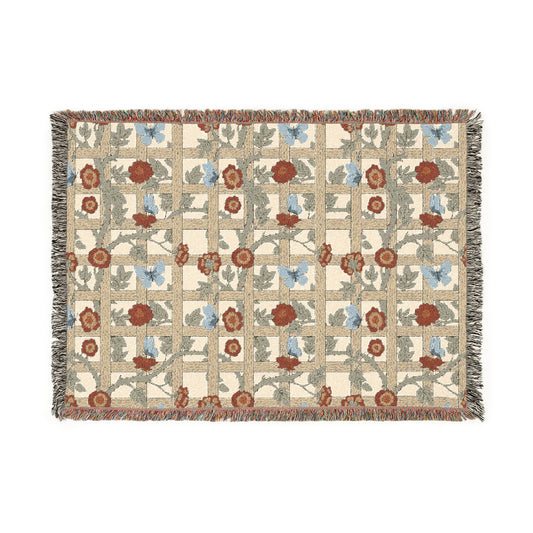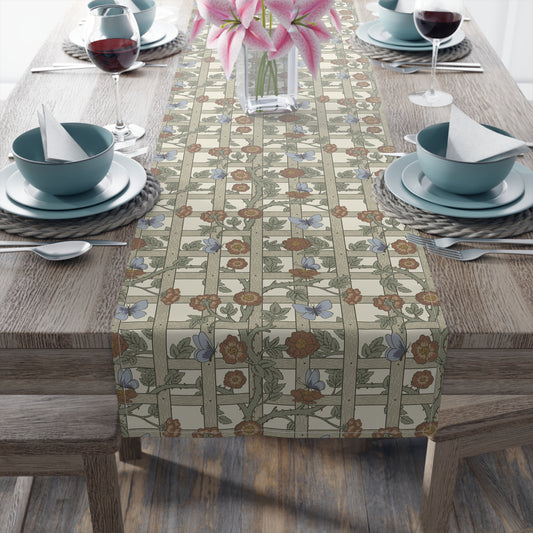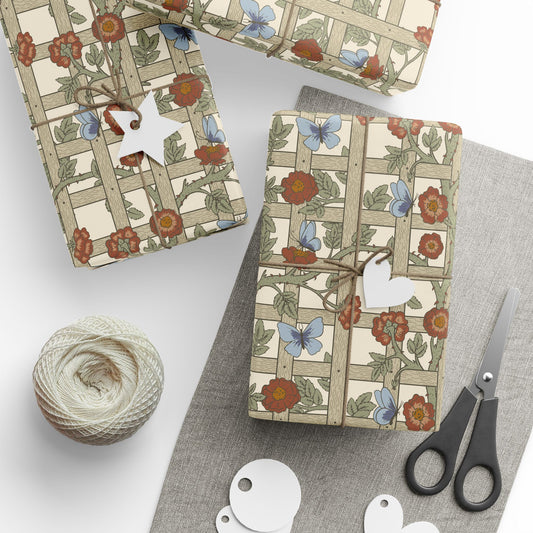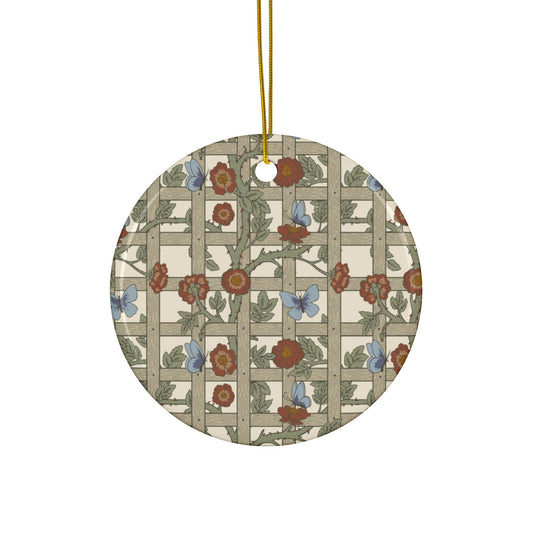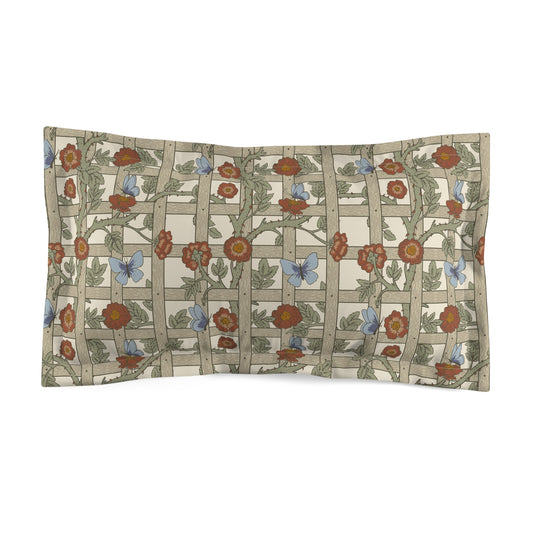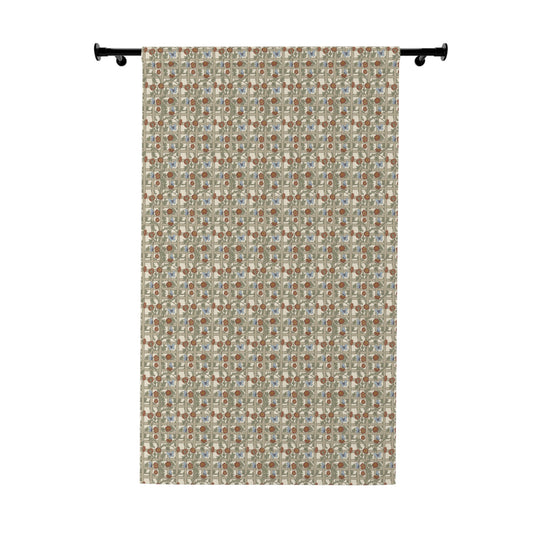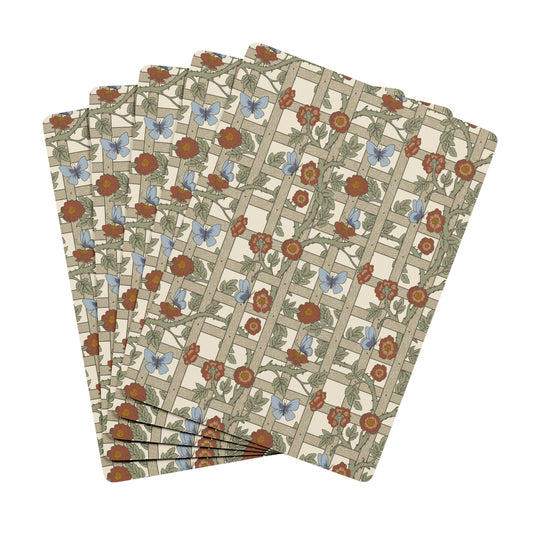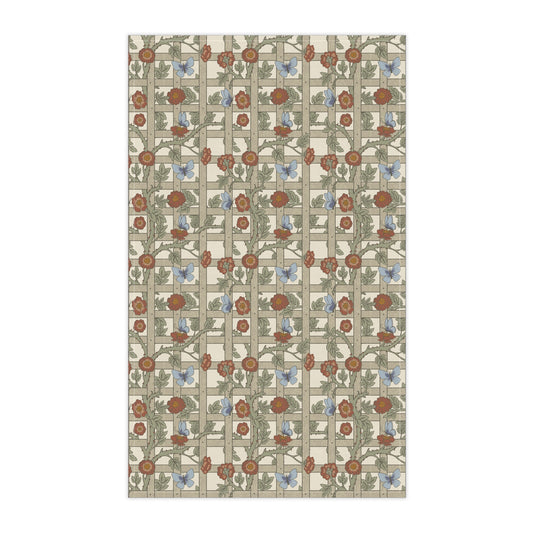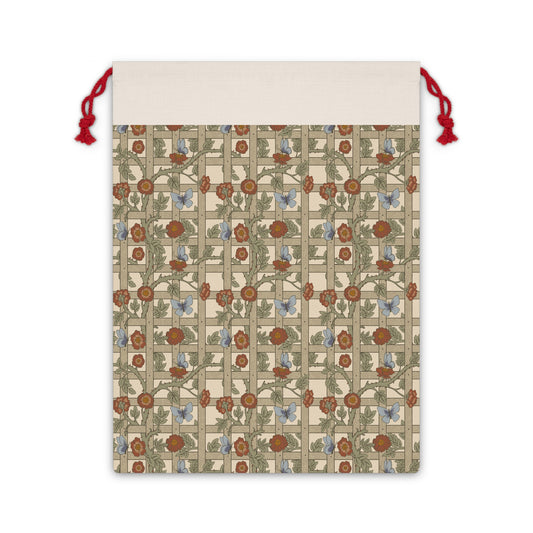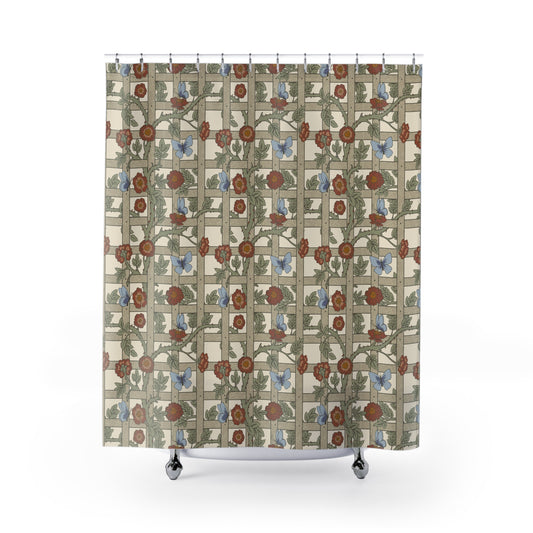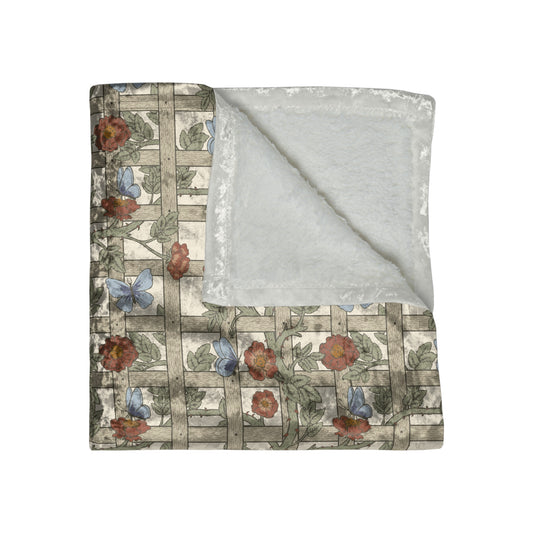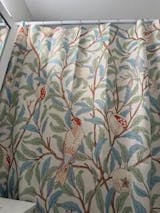Perfect shower curtain. Design is beautiful and print quality is excellent.Works well in a small space. Happy I found this shop and will come back again.
I’m a fan of William Morris designs and was looking for the right size lumbar cushions for my new sage green occasional chairs. The cushions couldn’t be too big and they needed to tie in with the rest of the colours in my lounge (yellows and greens). These are perfect! I love the quality and the accuracy of the description on the website was spot on.
Very impressed with my first order, I’m considering a few other purchases for other rooms that need a refresh.
Easy to apply and great size, trimmed the edges to fit but height was perfect for the stairs. Fun whimsical touch to the house.
Love the pattern and the softness of the pillow
My risers have met with universal approval :). However, they came with zero help in terms of instructions or even a picture to guide me. I applied three steps before I realized I had started from the bottom instead of the top as appropriate. but once applied they look superb.

